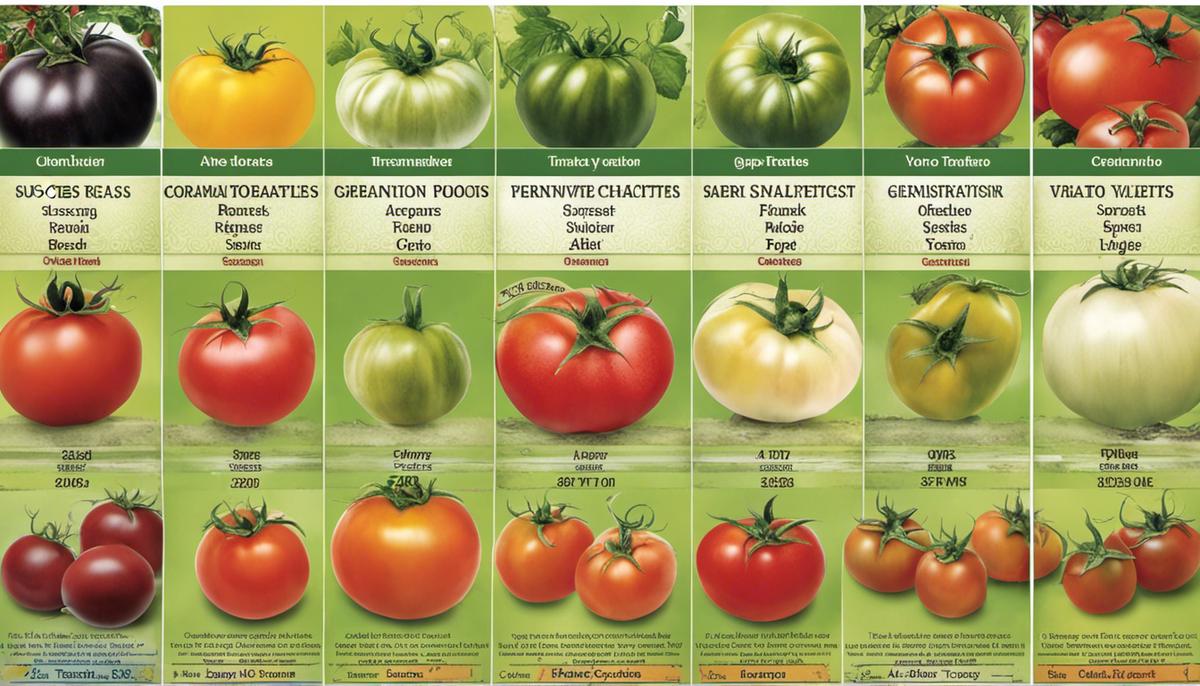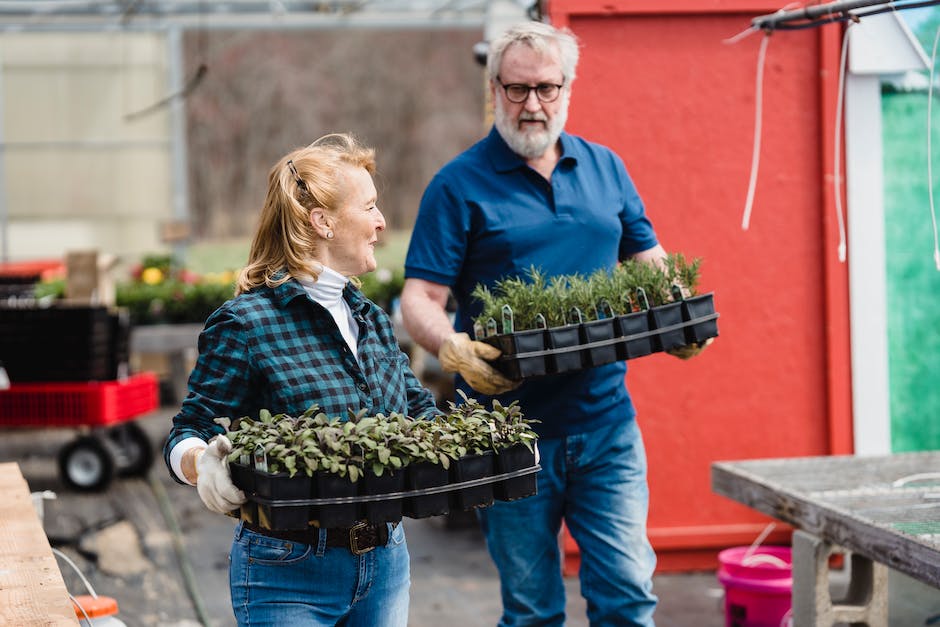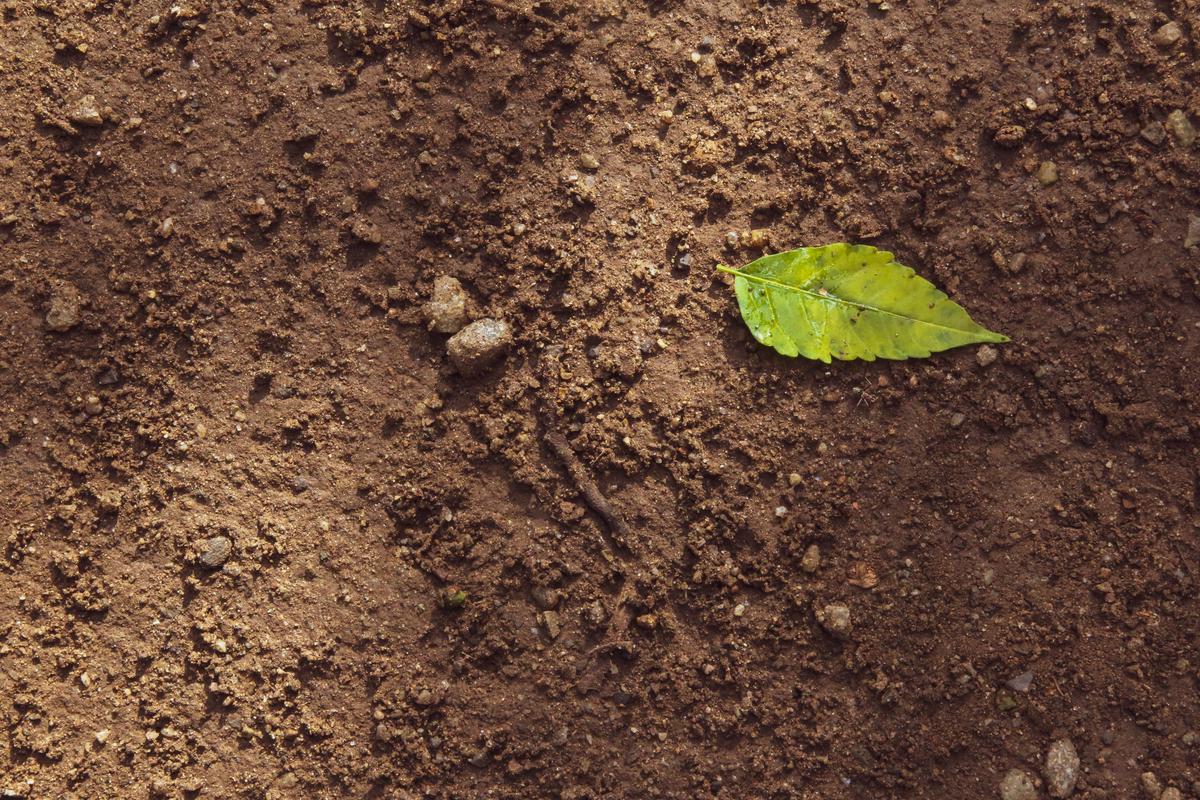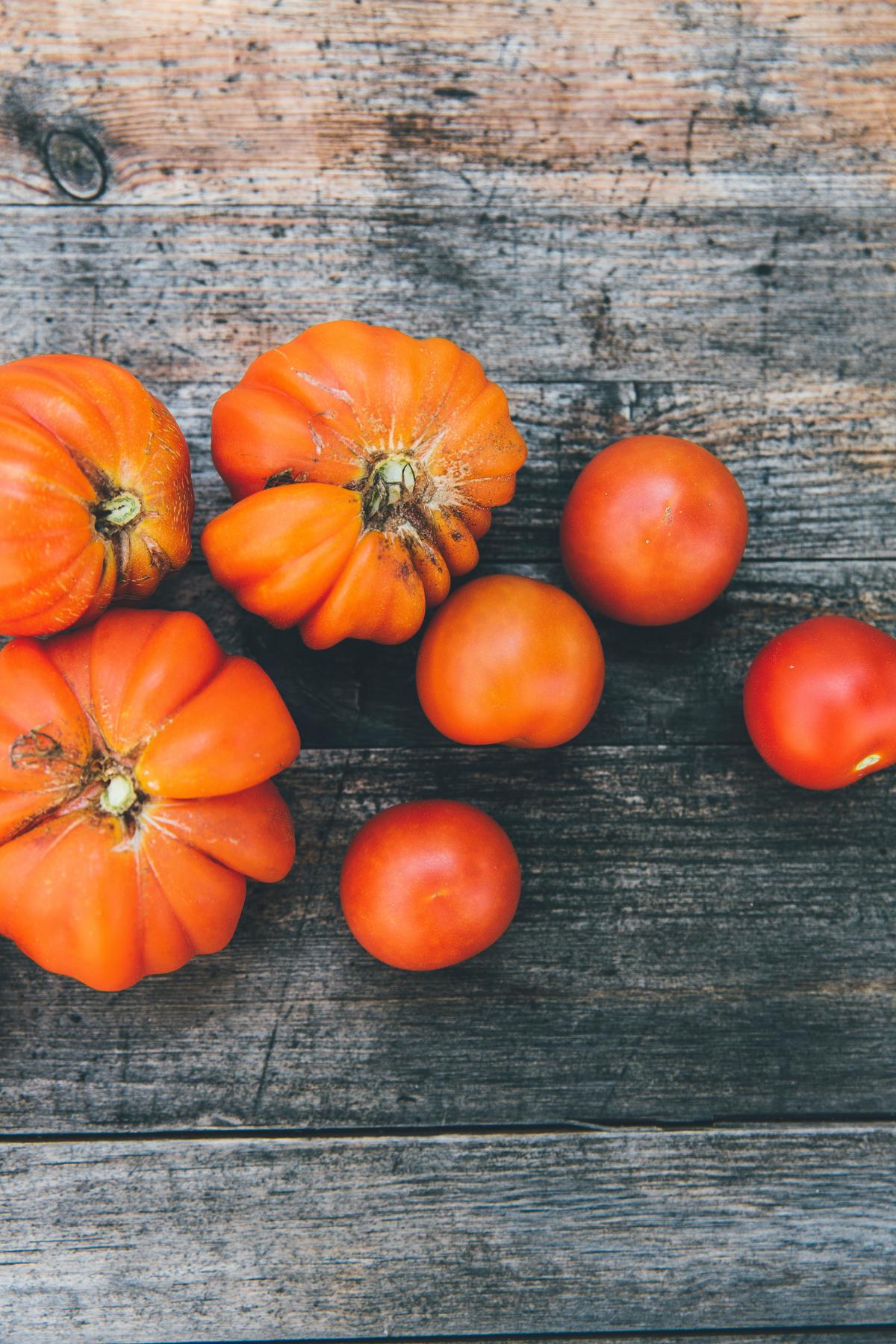Understanding Tomato Seed Germination Time

Gardening can be both a rewarding hobby and a sustainable way to grow your own produce, and tomatoes often sit atop the list of plants that green thumbs – beginner to expert – love to grow. However, the journey from a tiny tomato seed to a bountiful plant is fraught with challenges. The key is understanding how to choose the right seeds, carefully nurturing them through the germination process and troubleshooting any issues that may arise along the way. In this discourse, we will delve into the details of seed selection, understanding the different varieties of tomato seeds and their unique characteristics, and discuss which seeds offer higher germination success rates. Additionally, we will provide a comprehensive guide on the germination process, ensuring you have the instructions you need from sowing to sprouting, and finally, address common problems associated with tomato seed germination and the solutions to improve your success rate.
Seed Selection
Successful Germination: Discover the Best Tomato Seeds!
Exciting news, fellow tomato enthusiasts! There’s a vast plethora of tomato varieties out there, each possessing unique quirks and pleasures awaiting discovery. Today, we dive into the extraordinary world of tomatoes, focusing on the seeds that have a high germination success rate. Let’s amp up that enthusiasm for tomato planting and prepare for sowing success!
- Beefsteak Tomatoes
- Early Girl Tomatoes
- Cherry Tomatoes
- Roma Tomatoes
- Greenhouse Varieties
You’ve undoubtedly tasted the delightful richness of Beefsteak tomatoes in your salads or sandwiches. Hulking in size and possessing an intense flavor profile, they are a favorite of many. Good news is, their seeds boast a high germination rate. Start these indoors, about 6-8 weeks before the last frost date, to kickstart your Beefsteak extravaganza!
In the world of tomato cultivation, Patience isn’t always a necessary virtue! As the name implies, Early Girl tomatoes are known to mature fairly quickly. In about 50 to 60 days, they offer a bountiful harvest! Additionally, their seeds have excellent germination rates, promising a high chance of first-time success.
Oh, the sweet burst of cherry tomatoes! This small fruit carries an immense punch of flavor and fun. What’s more, their seeds exhibit a strong germination rate making them an excellent choice for beginners. The ‘Super Sweet 100’ cultivar is a particular favorite with high yield and quick harvesting time.
When fermenting or cooking sauces, there’s no match for the Roma, or “Italian Plum”. These tomatoes are packed with fewer seeds than other varieties and have a lower moisture content. Gardener-friendly, the seeds of Roma tomatoes germinate effectively and yield high-quality fruit.
If you’re inclined towards greenhouse or indoor gardening, we’ve got you covered. Varieties such as the ‘Trust Tomato’ or ‘Bigdena’ have seeds that are specifically engineered to thrive in a controlled environment. These seeds offer excellent germination and continuous production throughout the year.
There you have it, folks! The world of tomato seed selection is vast and nuanced. But with this handy guide on the best seed varieties for successful germination, triumphant tomato planting is within reach. Remember, the quality of seed and ideal planting practices are pivotal to achieve a bountiful harvest. So go ahead, revel in the joy of gardening, and watch your tomato love story unfold.
Happy tomato-ing!

Germination process
Finding the Perfect Conditions for Tomato Seed Germination: A Comprehensive Guide
Imagine this: Warm rays of sun filtering through your kitchen window, illuminating a small pot brimming with dark soil. Hidden within, tiny tomato seeds are diligently kicking off an impressive journey to maturity. Sounds inspiring? Absolutely! Tomato seed germination is a gratifying hobby that allures both novice and experienced gardeners alike. Let’s dig into the soil of knowledge and unearth the perfect conditions and steps necessary for the germination of tomato seeds.
First off, the temperature is a crucial factor in seed germination. For tomatoes, the optimal range is 70 to 75 degrees Fahrenheit. Anything cooler than this could potentially delay germination, while temperatures that are too high can jeopardize the process altogether. If indoor temperatures hover below these ideal levels, considering a seedling heat mat could really boost your budding horticultural endeavor.
Secondly, let’s talk water. Tomato seeds need a delicate equilibrium – not too dry, not too soggy, but just right. Providing consistent moisture to tomato seeds is a seminal part of germination. Use a spray bottle to water the seeds to ensure that the soil stays moist without becoming drenched or waterlogged. It’s this balance that creates an environment conducive for that much-awaited sprouting to occur.
This brings us to our third requirement: light! Although tomato seeds can technically germinate in the dark, access to gentle, indirect light shortly after the sprouts emerge encourages healthier growth and reduces the risk of leggy seedlings – a common lament amongst gardeners.
Then we have the soil – essentially the foundation of any plant growth. For effective tomato seed germination, a good-quality, fine seed compost works wonders. It should be nutrient-rich but also well-draining to maintain the perfect moisture balance we talked about earlier.
Now to the steps. Equipped with your thermometers, spray bottles, seedling heat mats, and quality compost, you’re ready to commence the germination process. Begin by filling a pot or seed tray with your compost. Lightly water it and then sow your tomato seeds about a quarter of an inch deep. The general rule is that seeds should be buried about twice the diameter of the seed itself.
Once your seeds are cozily tucked in, cover your container with a clear plastic dome or bag. This plays the role of a mini-greenhouse, helping maintain temperature and humidity levels. Remember to remove the covering once you see the baby sprouts peeking out – they’ll need that refreshing air circulation.
Observe your seedlings meticulously. They will need additional light in 5-7 days. You can use fluorescent lights for about 14-16 hours daily combined with a dark period to foster a strong, sturdy growth. Lastly, transplant them to bigger pots once they develop true leaves, not the sprouts.
In conclusion, tomato seed germination is nature’s magic at its best. The key lies in understanding its minimal, yet crucial needs – the right temperature, appropriate amount of light, optimal water levels, and nutrient-rich soil. Making these simple conditions available for your seeds will soon see them sprouting their first delicate green leaves, thus marking the start of your tomato cultivation journey. Happy Gardening!

Photo by glencarrie on Unsplash
Troubleshooting
The Roadblock to Tomato Seed Germination and Solutions to Triumph
Many garden enthusiasts face the conundrum of disappointing seed germination. But worry not, fellow garden lovers. Whether you’re flipping the pages of your seed catalog dreaming about a summer teeming with juicy, ripe, tomatoes, or you’re scratching your head wondering why your previously successful tomato seeds are stubbornly refusing to sprout, these subsequent head-scratchers and remedies should help set things right again.
- Insufficient Seed Quality: It’s possible that the seeds you’re using aren’t up to snuff. Seeds that are too old or have been improperly stored can lose their vigor, reducing their germination rates. It’s crucial to use seeds that are fresh and have been stored in cool, dry conditions. If tomato seeds aren’t germinating, it might be time to purchase new ones from a reputable supplier.
- Incorrect pH Level: Tomatoes love slightly acidic conditions. They prefer a soil pH of around 6.0 to 6.8, and if the environment is too alkaline or acidic, it may affect seed germination. Using an inexpensive soil test kit can determine your garden soil’s pH level. If it’s off, amendments like lime (for acidic soil) or sulfur (for alkaline soil) can help balance things out.
- No Seed Stratification: Stratification is the process of treating stored seeds in moist sand at a low temperature, typically in the refrigerator, to simulate winter conditions. While most tomato varieties don’t need this treatment, some like the wild ones can benefit from stratification.
- Pest Infestation: Sometimes, the smallest critters can be the biggest nuisances. Insects, birds, or rodents could be feasting on your buried treasures before they have a chance to sprout. Using netting, cloches, or seed trays can help protect your sown seeds from pests.
- Plant Disease: Don’t discount the possibility of disease. Bacterial canker, verticillium wilt, and fusarium wilt are just a few diseases that can spell disaster for tomato seeds and seedlings. To prevent these diseases from taking hold, practice crop rotation, keep tools clean, and destroy infected plants.
In conclusion, thwart uncertain tomato seed germination by arming yourself with knowledge, a proactive mindset, and plenty of patience. By focusing on seed quality, soil pH, stratification, pest infestation, and plant diseases, the world of ripe, juicy tomatoes can unfold at your fingertips in due course. Every tomato variety, from the tiniest Current Tomato to the mightiest beefsteak, has a place in the kitchen, and there’s nothing like the taste of home garden crop to make the journey worthwhile. Happy planting!

Photo by markusspiske on Unsplash
With the right information and action steps, it is completely within your reach to enjoy the satisfaction of growing your own tomatoes from seed. Seed selection can have a significant influence on your ultimate success. However, that’s only the start of the journey. Learning to navigate the steps of the germination process can be equally, if not more, rewarding and essential for success. Finally, staying informed about potential issues during the process and knowing how to troubleshoot those issues can be pivotal to ensure your tomato germination process is smooth and bountiful. With these methods, you will be well-prepared to start germinating your own tomatoes, setting the stage for a fruitful harvest.



